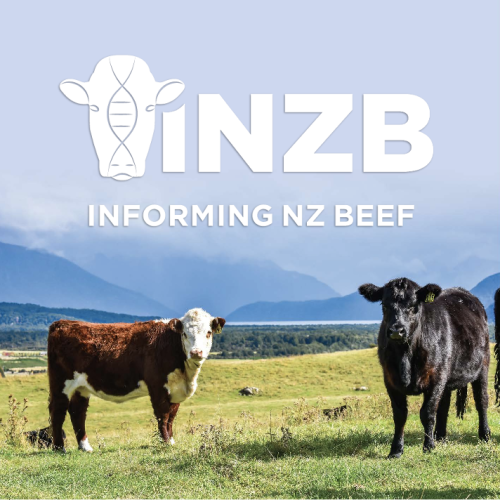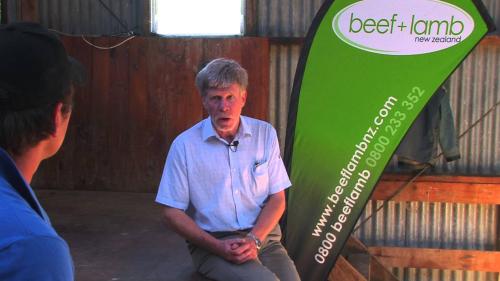Search results
Displaying 431 - 440 results of 1117
- Other PDF… levies act 1990 through levy paid all cattle sheep slaughtered new zealand lnz represents … new zealand sheep beef sector recent mbie study finding 40 percent people working sheep … its responsibility reduce emissions onto poorer country unlikely positively impact new …
- PodcastCommercial farms play a key role in Beef + Lamb New Zealand’s Informing New Zealand Beef (INZB) programme because they contribute to the accuracy of breeding values of stud bulls. The INZB programme …

- Podcast… animal requirements, managing complex sheep and beef systems successfully, feed …

- Factsheet… tonne mjme kgdm cents kgdm cents mjme range sheep nuts 94 940 835 12 8883 740 805 865 … 129 4762 369 10 50 factsheets made possible sheep beef farmer investment industry beef …
- NewsNever waste a good crisis. This was one of the messages from the first of Beef + Lamb New Zealand’s webinar series ‘Sow, Grow and Thrive; bouncing baa-cck from tough …

- NewsThis International Women's Day, we celebrate the women of B+LNZ’s research team driving agricultural innovation. Their groundbreaking research, spanning soil health to animal welfare, is focused on …

- News… what looks like widespread cash losses in the sheep and beef sector for the 23/24 financial …

- Video… outlines the financial value of increasing poor condition scores. …
- News… (MIA), showed that a kilo of New Zealand sheepmeat has a carbon footprint of just under … footprint of exported New Zealand beef or sheepmeat is lower or very similar to … of the other countries compared in the study. Consumers can therefore feel confident …

- News… pens and account for the higher feed costs Sheep and beef farmers are also encouraged to … could be longer than usual. We encourage sheep, beef and dairy farmers to talk to their …

